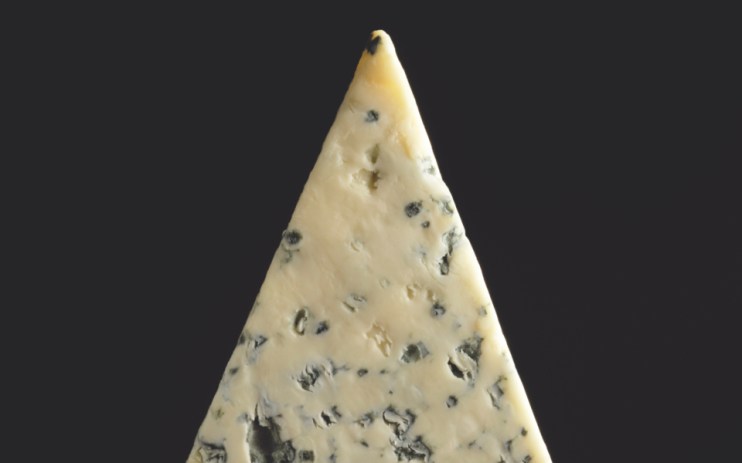Gen-Z hates stilton – of course they do, they’re not mature enough

While Gen-Z go loopy for smashed avo on toast, the passage through life will inevitably lead them to stilton, writes Andy Blackmore
Around 554 moons ago as I chortled my way through Monty Python’s Life of Brian, I chuckled my little heart out to one line without understanding the meaning. Now, 45 years later I’ve just gone “ahhh”.
All it took was age; the key to decoding my ancient enigma was something as simple as maturity. As a working-class boy from Bideford, some of the things you never expected to hear yourself say include: “It’s a disaster, I’ve left the crème brûlée iron at home” or “What do you mean they don’t sell fresh anchovies!”
But as we mature, naturally, we alter, as do our tastes. We are all on an ever-evolving adventure, yet oddly out of sync, our palate like a truculent child following cap in hand behind us. All of this is a wordy way of saying, one minute you’re a teen snorting cream from a can – OK I still do that – the next you’re a middle-aged snob who developed a taste for wine (and not the stuff in boxes).
Somewhere between the cradle and the grave we develop certain cravings. Kippers, Calvados, Gentleman’s Relish, Twinkies, haggis, single malt whiskies, black pudding. You love them or hate them.
Gen-Z, on the other hand, famously love smashed avo on toast. This, to me feels like heresy. Food should never be bland! We must never shop for ingredients as if we are conversing with HR. This should be a safe space where it’s okay to have an opinion. Take no prisoners. Love it. Hate it. Be opinionated. Passion should rule your heart. Right or wrong let your taste buds do the talking.
It takes time to find your true voice, and as we pass from treble to baritone we fine-tune our palate. We are on a journey of self-discovery. If we are lucky, our lexicon will grow to include Bottarga, Spigol, and Piment d’Espelette. Along the way we have U-turns, reverse down culinary cul-de-sacs and experience Damascene conversions. Somewhere along this weird and windy road, we encounter cheese. And I don’t mean those shiny, foil-wrapped triangular obscenities.
On the whole, good cheese is very good but great cheese is greater. It is a quasi-religious conversion; you are crossing the Rubicon, and there is no way back. A fine cheese – especially a stilton – encountered at exactly the right point of maturity and served at exactly the right temperature will blow your mind.
Gastronaughts rejoice – when the stars conspire to align, cheese is magical: imagine yourself at the Royal Albert Hall as Ella Fitzgerald hits her glass-smashing high notes. During the pauses, you can hear a pin drop or the creases crack on a cellist’s trousers as he braces himself for the next octave. Layer upon layer of sensation. Every note is discernible, complex and beautiful. When I saw Ella it brought me to tears – a good cheese should do the same
I remember, in an effort to find out what all the fuss was about, the first time as a child I tasted my grandfather’s gorgonzola – it was disgusting. Fast forward fifty years, and my partner and I are chasing around South London delicatessens in search of a fabled roquefort, like Ganjiers hunting a particularly fine batch of weed. Blue cheese will do that to you.
So should the news that Gen-Z and the TikTok generation are turning up their noses at stilton fill me with dread? Is my guilty pleasure under attack? Of course not. The reason that demographic has not yet fallen hook line and stinker for stilton is that they are simply too young to appreciate its complexities. Such mature tastes take maturity. I’m confident that, like me, they will grow up, grow old and get the joke. They will praise Monty Python and smile as they realise “Blessed are the Cheesemakers”.